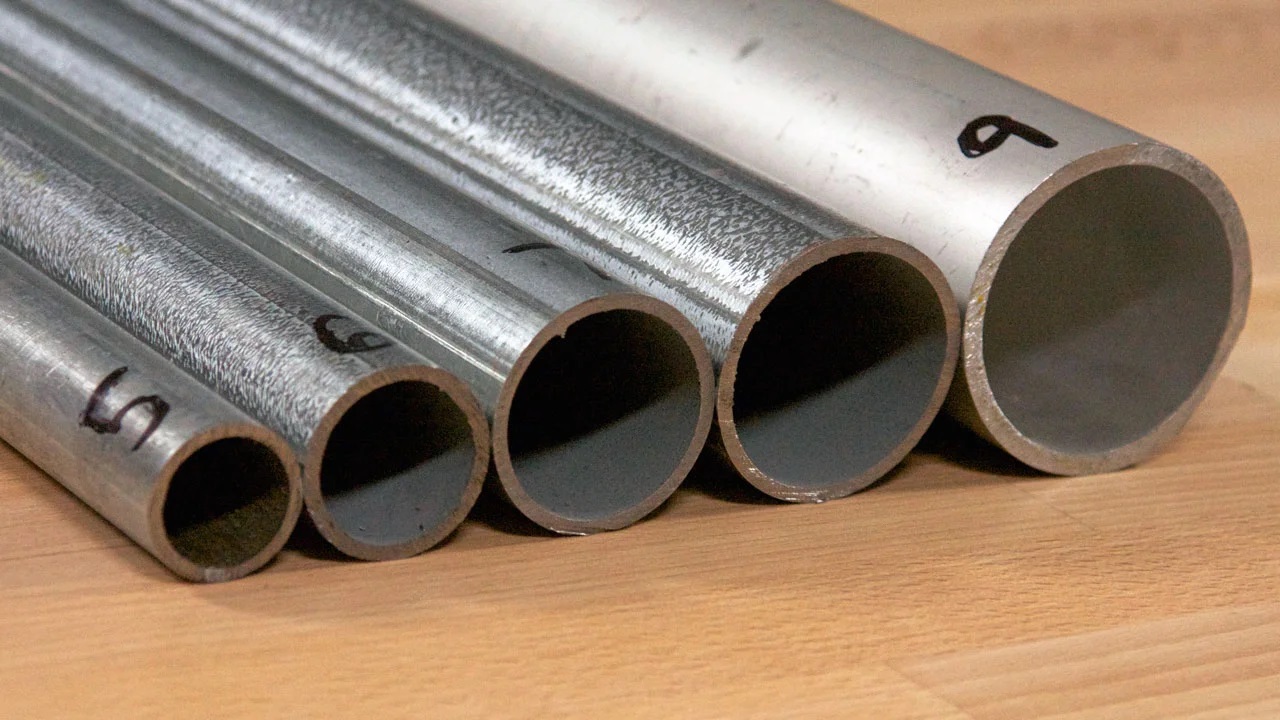Matilda has always been interested in the way things work - how they're made, how they run, and how they can be improved. She's spent her career working in the automotive industry, where she's gained experience in engineering and product development.When she's not at work, Meaghan enjoys spending time with her family and friends. She loves going on road trips, trying out new restaurants, and exploring new parts of the country.

Schedule 40 pipes are among the most frequently used pipes in the world of construction. It ranges from the use of plumbing systems, the structure framework, and all other aspects in different industries. But what makes Schedule 40 pipes stand out? Understanding Schedule 40 Steel Pipe Dimensions-size/thickness/chart features and applications can help explain why they remain a trusted standard for engineers, builders, and homeowners alike.
What Is a Schedule 40 Pipe?
A Schedule 40 pipe designates a certain density of the pipe wall thickness. The term schedule refers to a system of classifying pipe walls by their outer diameter and the pressure rating of the pipe. Schedule 40 pipes, for instance, are relatively strong, flexible, and cheap to obtain and, hence, can be used in a variety of applications. This standard is used on steel, PVC, and other types of piping materials that are frequently used in piping systems. Although the thickness of Schedule 40 pipes may differ with the material and size of the pipe, the classification guarantees that any pipe labeled Schedule 40 will have certain characteristics.
Versatility Across Industries
Schedule 40 pipes are very flexible and may be used in various applications. They are widely used in construction works, especially as support members in frameworks and scaffolding systems. Due to their uniform wall thickness, they are capable of carrying loads and offer support. In the case of agriculture, the pipes are used in irrigation with a view of guaranteeing that the water reaches the crops and the fields. In plumbing, they are approved for use in the distribution of water systems in homes and business premises. Further, they are applied in industrial pipes, chemical industries, and air conditioning systems. The versatility of Schedule 40 pipes provides a new testament to the durability of pipes. Because of this, they are a versatile solution to many different requirements.
Strength Meets Cost-Effectiveness
In the selection of pipes, there is always the issue of cost and functionality to be considered. Schedule 40 pipes are the best example of pipes that meet this balance perfectly. They are sufficiently robust to withstand most routine pressures and are relatively less costly than other more robust kinds. To builders and engineers, this means that their projects can be delivered effectively and in the shortest time possible without having to sacrifice quality. From the installation of a plumbing system to the construction of a support structure, Schedule 40 pipes are relatively cheap.
Material Compatibility and Performance
The other advantage of Schedule 40 pipes is that they are compatible with other materials of construction. They can be made from steel, PVC, stainless steel, and other materials each with its benefits. Steel Schedule 40 pipes are rugged structures and therefore perfect for high-pressure usage in different projects. PVC Schedule 40 pipes are much lighter, do not corrode easily, and are simpler to install, they can therefore be used for residential applications. Regardless of the material, Schedule 40 guarantees a standard performance of the pipe. This standardization makes it easier for engineers and contractors to choose the right product for their project without bothering with the quality of the material.
Ease of Installation and Maintenance
Schedule 40 pipes are not very difficult to work with and this is why they are widely used. They are standard in size and thickness and therefore easy to cut, fit, and join during the installation process. This is time and effort saving especially when working on large projects. Maintenance is also easy. Schedule 40 pipes are relatively costly because they could last longer; thus, their repair or replacement is less frequent. However, when problems occur, their standard parameters do not complicate the search for compatible fittings and spare parts.
Why Trust a Standard Like Schedule 40?
There are standards to be met to have safety, reliability, and quality. Schedule 40 has long been a reliable reference to turn to and it would be best to stick with this classification. It makes the process of choosing pipes easier by outlining the best wall thickness and pressure rating. For engineers and builders, this means no more worrying. In using a Schedule 40 pipe, they will have that assurance that the pipe will do the work in the intended usage. This reliability is very important in as much as it will help in maintaining the safety and effectiveness of any project.
Conclusion
Schedule 40 pipes have become the favorite of many industries due to the following reasons. They are mainly used together and they are very durable, versatile, and less expensive hence making them popular with everyone. They are used in applications ranging from plumbing and irrigation to construction and industrial usage and their performance is always reliable. Selecting Schedule 40 pipes is selecting a standard that has been known to perform. These pipes are suitable for both residential, commercial, and industrial use and offer a reliable solution for the needs of today’s construction.
